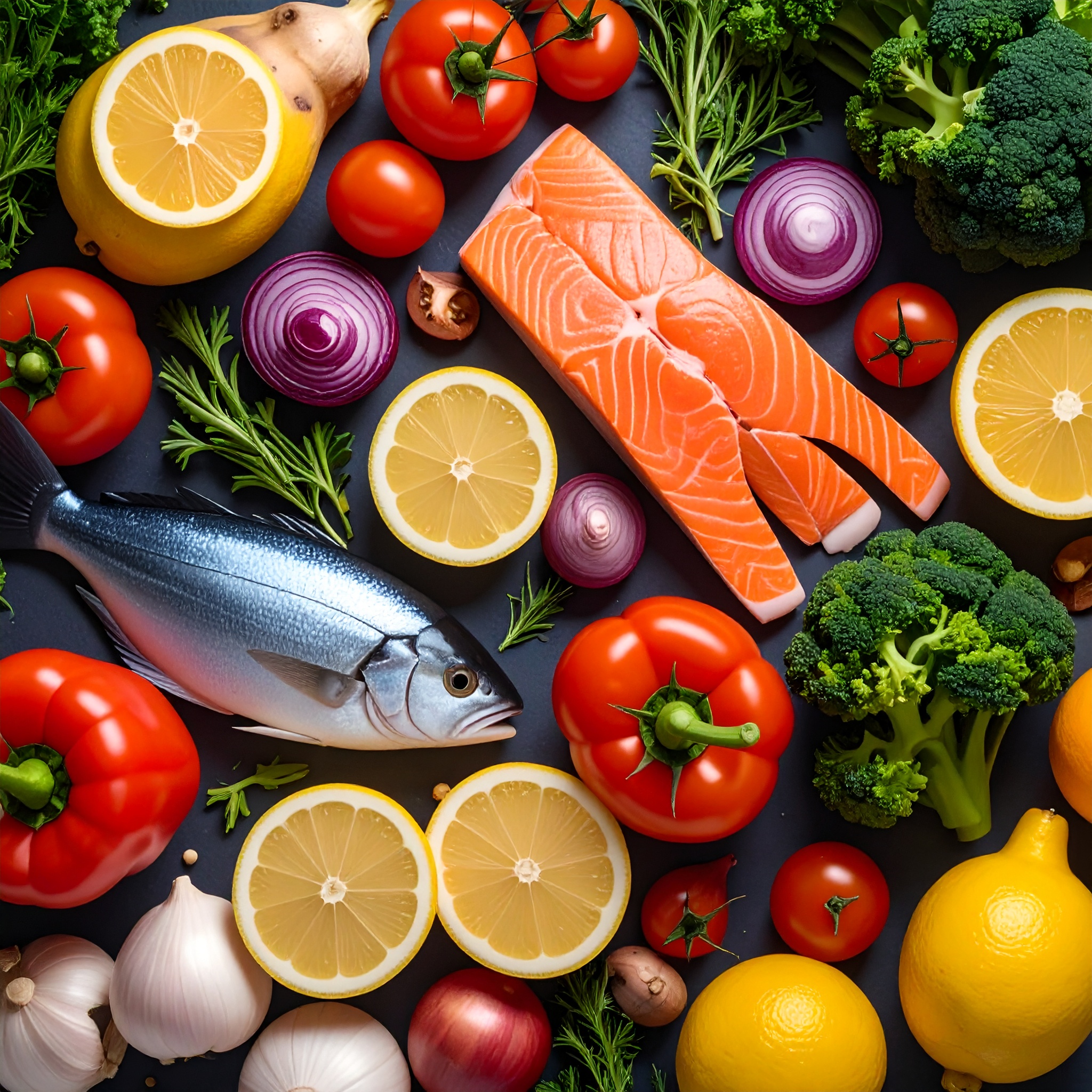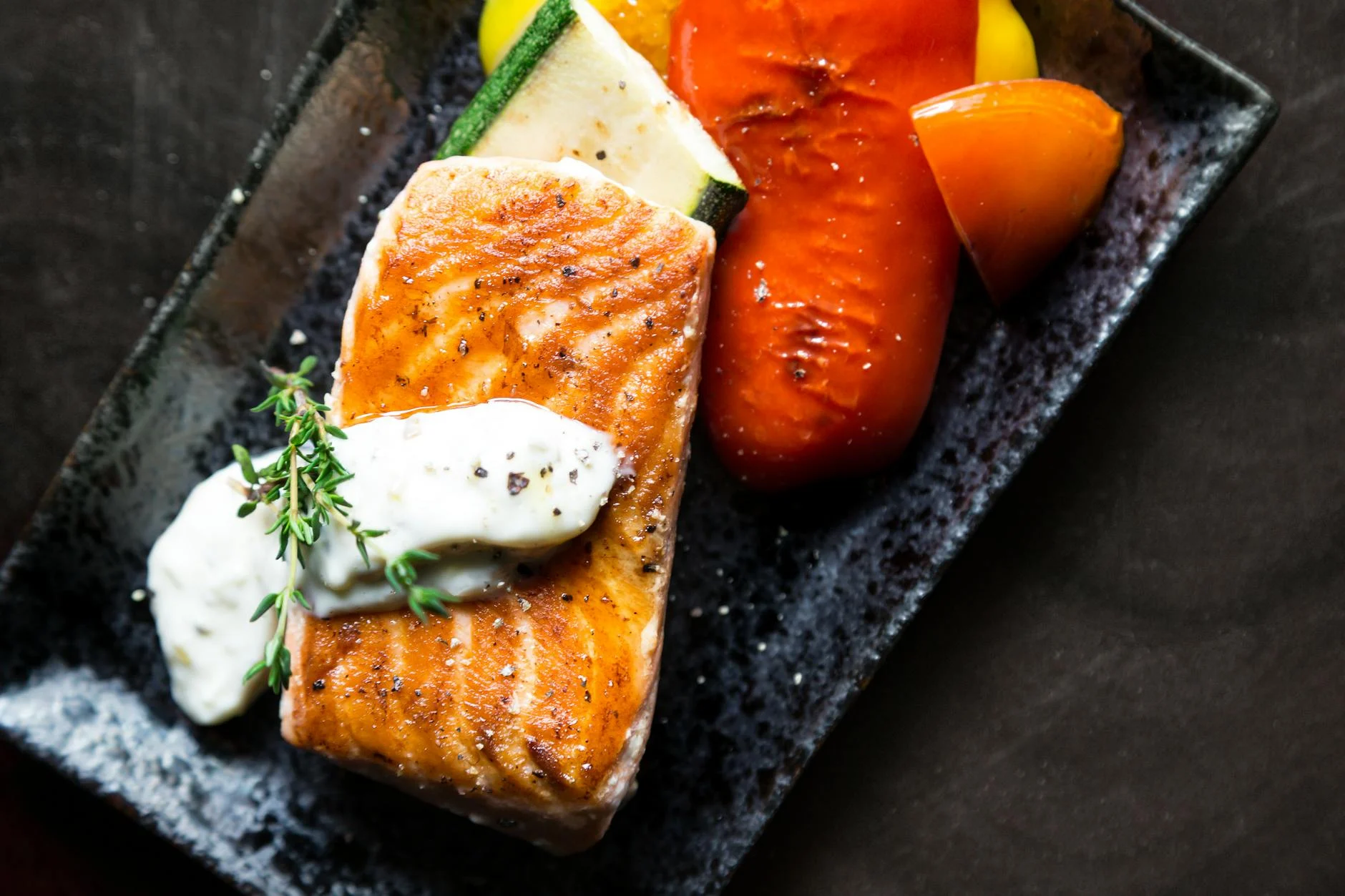The moment ingredients are cloaked in batter and dropped into shimmering oil, a crackling symphony fills the tranquil kitchen. Raise your gaze, and you’ll see the chef standing behind a light-wood counter, silently observing the bubbling pot and gently tending each piece of tempura. The invisible calibration of temperature, the chef’s ear attuned to the cook’s ripple of sound, and the deliberate pacing—matched to the diner’s quiet anticipation—all combine to elevate tempura into an art form.
Its origins date back to the 16th century, when Portuguese frying techniques were introduced to Japan, later evolving into a distinct Edo‑period style. What began as a simple street-food staple gradually transformed into a refined culinary discipline, refined through attention to ingredients, technique, and presentation—earning a place alongside kaiseki and kappō cuisine. Today, tempura stands proudly among the global icons of Japanese gastronomy, admired by food connoisseurs worldwide.
The essence of tempura lies in that fleeting moment on the transparent stage of oil, where a humble ingredient is elevated to its fullest expression. The precise control—whether through batter thickness, cook time, or flame—is unique to each type of produce, defying one-size-fits-all recipes. With each fry, the chef instantaneously reads the room: humidity, oil clarity, moisture level in the ingredient, and adjusts accordingly.

A tempura chef trusts no sense more than hearing. The moment ingredients hit the hot oil, the subtle change in bubbling texture, and the distinct shift in sound when perfectly crisp—all serve as clear auditory signals. The rhythm of the sizzling, as moisture escapes the batter and vaporizes, tells the chef precisely when the fry is complete. This ability to discern by ear—often faster and more accurate than sight—is the hallmark of a tempura expert.
Temperature control in this craft is equally refined. While typical fried foods rely on oil heated to around 170–180 °C, top-tier tempura chefs vary temperatures from as low as 160 °C to well above 200 °C, matching each ingredient’s character. Vegetables that risk bitterness when overheated are gently fried at lower temps; delicate white fish, which benefits from high heat to draw out aroma, are fried briefly at hotter temperatures. In this way, temperature becomes a seasoning in its own right.
But oil isn’t managed strictly by thermometer. The drop of a cool ingredient alters oil temperature, so chefs must intuitively read the nuances: bubble behavior, oil clarity, subtle sound shifts, even the movement of air above the pot. A chef’s gaze never leaves the oil’s surface—every ripple, every sound is watched, heard, and interpreted with unwavering precision.
The batter is a pivotal element in tempura. Traditionally crafted from a simple blend of wheat flour, water, and a hint of egg, its preparation profoundly influences the final result. By minimizing mixing to avoid gluten formation, the coating remains light and delivers a crisp, airy texture. The use of ice-cold water is a deliberate technique to suppress gluten development and prevent excessive oil absorption.
The thickness and distribution of the batter are also carefully tailored to each ingredient—delicate items receive a whisper-thin veil, while more robust foods are enveloped slightly more generously. This nuanced balance ensures the optimal harmony of flavor and mouthfeel. Moreover, serving tempura immediately after frying prevents the coating from soaking up excess oil, preserving its fragrance and delicate crispness.
Timing and presentation play equally critical roles in the experience. The tradition of serving one piece at a time, directly across the counter, fosters a shared rhythm between chef and diner. The chef gauges the guest’s pace, adapting the frying sequence accordingly—pausing, then moving on as the previous piece is savored. This deliberate cadence imparts a sense of flow and comfort to the entire meal. It is in that exact moment—when one piece is set before the guest as the other is gently set aside—that tempura transcends gastronomy, becoming a ballet of deliberate, resonant gestures.

The quality of tempura begins with the selection of ingredients. Chefs draw from both land and sea, choosing each item at its seasonal peak—when its aroma and flavor shine most vibrantly. In spring, they favor wild mountain vegetables and bamboo shoots; summer brings silver whiting and sweet corn; autumn reveals maitake mushrooms and ginkgo nuts; winter offers oysters and milt. With a single, elegant cooking method, tempura captures the very essence of each ingredient, embodying the Japanese reverence for seasonality and the belief that nature’s cyclical changes should be savored in every bite.
Recently, tempura techniques have gained attention from chefs worldwide. The appeal is clear—using minimal ingredients and time, it delivers profound flavor and visual finesse, a rare combination by global standards. Creative reinterpretations of tempura are now enriching French, Italian, and pan‑Asian cuisine.
Yet true tempura remains a craft of the artisan. No machine or manual can replicate the nuanced sensibility, the instantaneous judgment, or the alchemy of oil that breathes life into the ingredient. When these elements align, tempura transcends simple frying—it becomes culinary art.
The moment tempura touches the palate, you experience fragrance, crunch, warmth, and the unfolding sweetness of the ingredient—all at once. It is a sensory crescendo, the culmination of a carefully curated setting, technique, and atmosphere. The hush broken only by the sizzle, the few seconds until it is served, the ephemeral echo on the lips: each detail speaks to the depth of tempura, and to the exquisite sensitivity of Japanese aesthetics.




